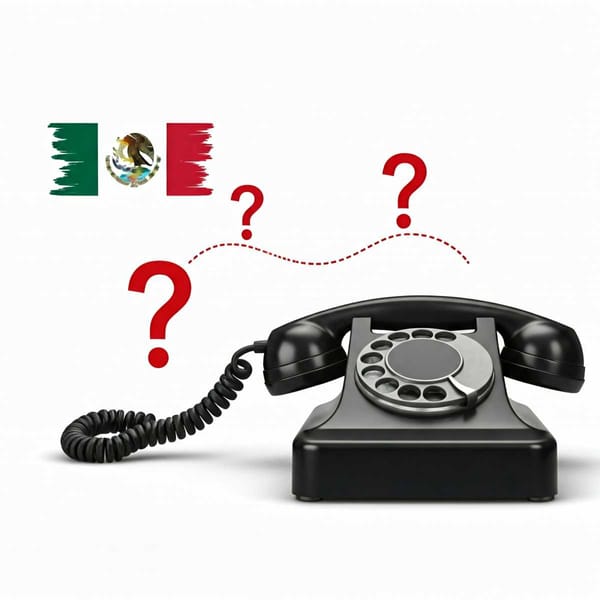Taba, the game inherited by Europeans in Mexico
The game of taba was introduced in the 16th century by the Spaniards in their new colonies. Perhaps it is a good example of how a fragment of the history of a game can be reconstructed from a find: the taba, a dice that disappeared only to be found again in the 21st century.

Some of you may have heard the term 'taba', the name given by the ancient Greeks and Romans to the tarsus that we know as the talus of sheep, goats, or cows. This bone has particular characteristics: it is solid, cuboid in shape, and with blunt sides; on one of its faces it has depression and on the opposite face, a semi-flat part; the lateral faces are irregular.
Because of the aforementioned features, the Greeks of the 5th century B.C. used this bone as part of a game of chance; they threw it to the ground and when it fell, the exposed side was worth more. Its popularization occurred with the expansion of the Roman Empire, as soldiers were in charge of spreading it in the new provinces at the beginning of the first century after Christ (A.D.).
In 2011, during an archaeological salvage exploration in Mexico City, archaeologists Gabriela Mejía Appel and Maira Martínez Lemus of the National Institute of Anthropology and History and the Federal Electricity Commission found several archaeological objects, including animal bones that were separated and taken for analysis.
When studying them, a taba was identified: the left astragalus of a sheep with wear on its edges, perhaps due to the several times it was used as a die. This finding is the first of its kind since nothing similar had been reported in Mexico in the archaeological context. The taba was found between Eje 1 Poniente (Guerrero) and Meneses streets in the Buenavista neighborhood, Mexico City.
What do we know about the game of taba in Mexico?
With the arrival of the Spaniards and the Conquest, a new political, social and economic order began, which led to the introduction of European customs, among them, games of chance such as taba, which became one of the favorites of the time.
However, it was prohibited in New Spain because it was considered an unhealthy game; bets of different magnitudes and objects were made depending on the social class of the players; this affected the social order, and family relationships and was the cause of abandonment of work.
Teresa Lozano describes that some economically powerful people were allowed to open gambling houses, which only people of the good social class could enter. People who did not have this prestige, "the plebs", went to places called "arrastraderos", where only albures (games of bet, luck, or envite) were played.
The rules that were created for the games were not entirely to avoid them but to order and control them. The viceroys dictated prohibition rules not only for this game but also for other games of chance considered as the beginning of many evils. Viceroy Carlos Francisco de Croix, in 1770, and the following one, Antonio de Bucareli y Ursúa, in 1773, prohibited taba, cards, tables, and other gambling games.
The taba, in colonial times, was played in different ways; one of them was to throw it in the air, the winner was the side called 'carne' (external anteroposterior face), the loser was the internal anteroposterior face, and there was no game if the 'chuca' (upper face) or the 'taba' (lower face) was left.
Another variant is the one that took place in a round on the floor, where the participants put one or several coins depending on the agreed bet. Each one tossed the taba; the face that was exposed meant the value of the money they were to put in or take out. The shooter would take a coin if the chuca fell, but if the meat came out, he would take all the coins in the circle.
If the side called 'taba' was exposed, one coin was deposited, and if the 'liso' side was exposed, two coins were tossed. The players would toss in turn until all the participants were flipped. The winner was the one who obtained the most money. Over time the game was modified, another factor of change was the place where this activity was practiced.
Nowadays there is another way of playing taba, it is very popular in rural areas of Argentina, Brazil, and Uruguay. The taba used in these regions is made of a cow; it is thrown in a previously delimited field, the player remains at a distance, and if the semi-flat side of the taba falls upwards (lower side), it is called 'taba' and the player is declared the winner; on the contrary, if the hollowed outside is exposed (upper side), the shooter loses. The third possibility is the following: when the taba falls on edge (external or internal anteroposterior face), it is considered a tie, and if the players have a previous consensus, the value of the play can be doubled or tripled.
The game has also remained in several provinces of Spain, but the original material (animal bone) has changed: there are plastic boards of different colors. In that country, a new version of the game has existed since the 1950s and is popular among girls: they throw a rubber ball and have to collect the tabas from the floor or table.
The taba game
It was introduced in the 16th century by the Spaniards in their new colonies; in some places, its practice was maintained, as in South America, while in others, such as New Spain, it ceased to be played. Perhaps it did not disappear despite the prohibitions of the viceroys since 1770.
Archaeology is a science that studies societies from their material evidence, and this is a good example of how a fragment of the history of a game can be reconstructed from discovery and its corresponding study: the taba, a dice that disappeared only to be found again in the 21st century.
By Gilberto Pérez Roldán, Miriam Selene Campos Martínez, Gabriela Mejía Appel, Source: Universitarios Potosinos. Gilberto Pérez Roldán is a Dr. in Archaeology from the National Autonomous University of Mexico. He is a professor at the Faculty of Social Sciences and Humanities of the UASLP and director of the project Manufacture and traces of the use of bone objects from pre-Hispanic Mexico.




